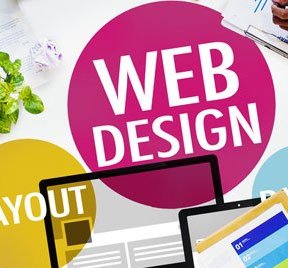
The outlook of design fundamentals surrounded by a given structure should allow the readers to easily focus on the message, without slowing down the speed of reading.
In the last few years, we have seen a great change in how people view design’s role in business. Design has changed from a late-in-the-process period where exclusive designers swooped in to sprinkle on some ‘pretty’ like mystical fairy dust to a real competitive advantage. Designers, from the worldwide have realized that people visit websites for their content- whether its raging tweet-storms, thoughtful long-reads, or the latest “user generated” meme- that the design’s ultimate role is present in an efficient and delightful way.
The one explanation for the shift away from intend towards more inconspicuous design approach. A design has taken a greater and more influential role in shaping businesses, more and more attentions has been paid to designers’ collaboration with both their fellow designers and their developer colleagues. The emphasis on designer collaboration has arisen in part from like Google, Face-book, Twitter and LinkedIn and not huge design teams working on disparate aspects of the platform, but also better ways for the designers to stay on the same page and that means more collaboration and better communication.
The design and prototyping tools for the web gain maturity and sophistication, the traditional handoff deliverable has transformed from afore-mentioned static files to more dynamic visualization that range from animated Keynote files to fully functional websites. These more dynamic deliverables shorten the feedback loop, improving design and dev team agility and lowering frustration. They also facilitate better communication with clients. Many users of web flow, client meetings have become actual live working sessions, where designers are able to quickly bring ideas to life so everyone can experience them almost. As the design world comes to the agreement that our hub should be on content, more and more website features lines inspiring copy set in type that’s just as big and bold as the statement itself. For the past few years, web design layout has been constrained by CSS’s limitations, but new tools like flex-box and CSS grid will allow for much more expressive layouts on the web.
Our main challenge is to understand how these new web layout methods should work in the world of responsive design.



















